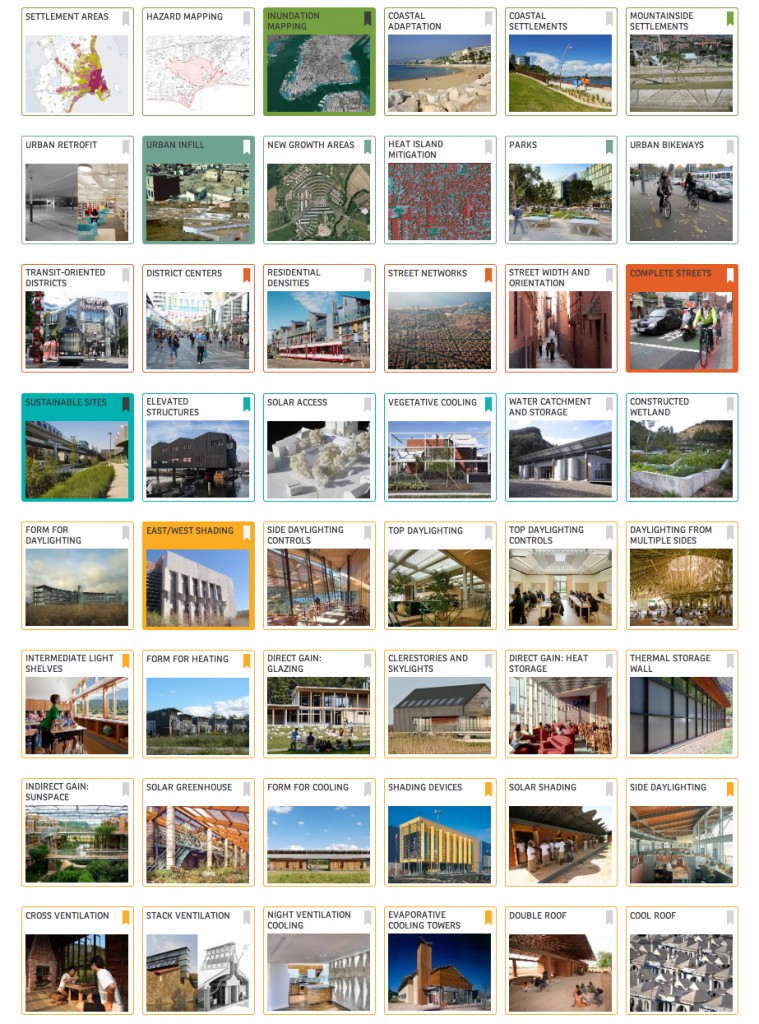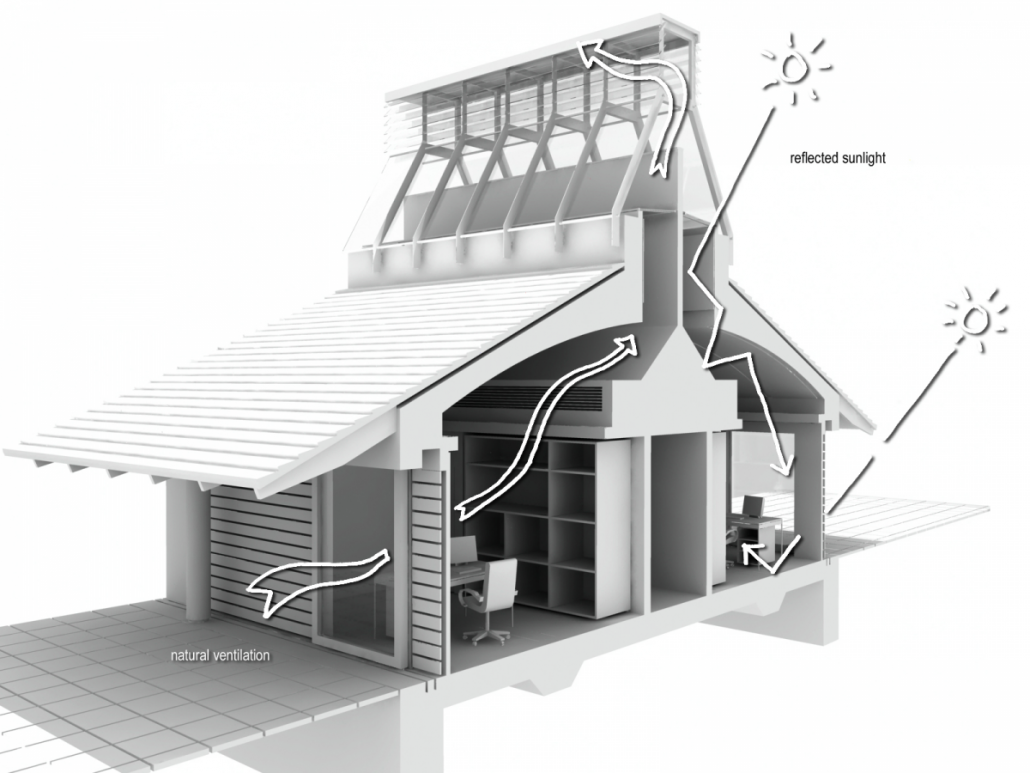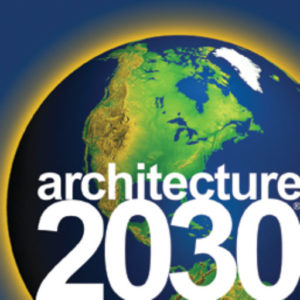What’s in Your Palette?
October 2014 | 2030 Palette

This week, Architecture 2030 unveiled a new release of the 2030 Palette, with an updated, intuitive interface to develop and share your own sustainable planning and design strategies. Just sign in – and you’ll have the same powerful engine that we use for creating Swatches and In-Depth Information Pages at your fingertips. Here’s how you can use the 2030 Palette to change the world.
Good Information = Good Design
With 60% of the world’s building stock being built and rebuilt over the next two decades, the opportunity to successfully reshape the built environment is ours. To get it right, though, we need information: an understanding of basic principles. Once implemented, good information can get us halfway or further towards developing and building a resilient, sustainable, and carbon neutral future. For example:
By applying informed design decisions, building energy consumption and emissions can be reduced by 50-80%, before on-site renewables or other technologies are even considered.
The 2030 Palette: a Shared Language
When we launched the 2030 Palette nearly a year ago, Architecture 2030 introduced a set of guiding principles for sustainable planning and design across the entire built environment – everything from regional infrastructure down to individual building design elements. These principles were based on examples of built work from around the world – your work. This is our shared language: an expression of our collective effort to transform the built environment.

As Architecture 2030’s research progresses and our library of Swatches and In-Depth Information Pages grows, the 2030 Palette is increasingly an invaluable research and reference tool, accessible to anyone with an internet connection. By signing up for a free account, users can access valuable features for organizing information, creating custom content, and sharing palettes with colleagues, clients, or through social media channels. Our brief tutorial videos take a closer look at getting started with the 2030 Palette and these newly enhanced features of the site.
Access our tutorial videos to get started with the 2030 Palette and explore powerful new features.
There’s no typical user of the 2030 Palette – or any one right way to use it. Our audience is as broad and encompassing as the built environment itself. Through collaboration and feedback from many users over the past year, we’ve received numerous good ideas about developing and sharing custom sustainable design and planning palettes. The 2030 Palette can be used by architects and planners, educators, and policymakers to:
Architects, Planners, and Designers
- Create and share new Swatches or custom palettes.
- Find inspiration from the Swatch image library.
- Plan and document projects for easy reference and sharing.
- Communicate planning and design principles to clients and others.
- Share best practices and information within a firm.
- Develop project portfolios.
Schools
- Create curricula based on 2030 Palette Swatches.
- Receive assignments and create class portfolios.
- Develop criteria for student competitions.
- Research and develop new Swatches and In-Depth Information Pages related to areas of study.
Policymakers and Activists
- Educate constituents on issues of sustainability.
- Communicate necessary actions with other decision-makers.
- Document and build case studies for your cause.
What’s in Your Palette?
We want to know how you’re using the 2030 Palette, and give you an opportunity to share your inspirations among Architecture 2030’s Twitter and Facebook followers. Share your palette links with the hashtag #my2030Palette today!
ABOUT US
Architecture 2030’s mission is to rapidly transform the built environment from the major contributor of greenhouse gas emissions to a central solution to the climate crisis.



